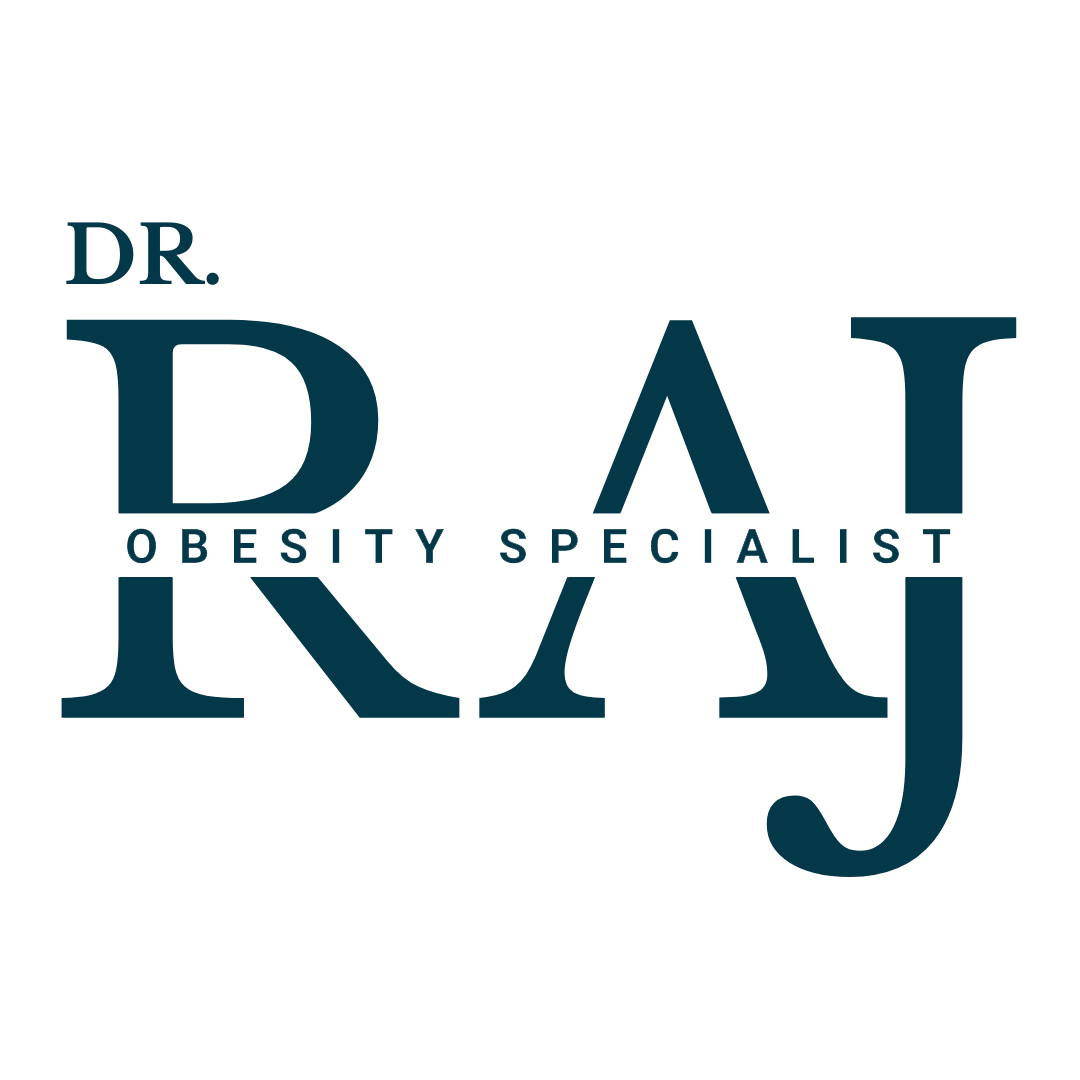Dual-Energy X-ray Absorptiometry in short called DEXA. DEXA or DXA scan is done to measure how much bone tissue you have.
You may be referred for a DEXA scan if:
- You have had a low impact bone fracture
- You have symptoms suggestive of spinal fractures
- You have increased risk of osteoporosis and/or fractures
- You have to be assessed for treatment given for osteoporosis
What is a DEXA scan?
It is a scan that measures the density of bone. It is generally considered that, denser the bone, the stronger it is and the less likely it is to fracture. It is mainly used to diagnose osteoporosis (loss of bone material) and to assess your risk of having a fractures. A DEXA scan is not like a CT, MRI, or ultrasound scan and it does not involve having an injection or lying down in a tunnel.
How does a DEXA scanner work?
The DEXA scanner uses low dose x-rays at two different energies. These x-rays pass through your bone. If the bone is weak, more x-rays pass through than if it is strong. A detector in the scanner measures these x-rays and this information is interpreted by the scan computer to calculate the density or strength of the bone. Although this test uses x-rays the actual dose is very small and is about quarter of what you would receive if you had a chest x-ray. This is why the DEXA scan is safe and you will notice that the operator can stay in the room with you unlike chest x-ray or CT scans.
What will happen when I come for the scan?
Before having the scan, you will be shown to a changing cubicle and asked to remove your clothes except for your undergarments. You will be asked to put on a clean x-ray gown. This is required so that clothing does not affect the measurements being taken during the scan. In addition to clothing you will also be asked to remove all jewellery, piercings and any metal or plastic materials like hearing aids, belt buckles, zippers or buttons. Females should preferably wear a sports bra. Bras with under wires will need to be removed.
You may eat anytime before or after the exam.
You will thereafter be weighed and your height measured as this information is required to assess your bone density.
You will be asked to step up onto the scanner and lie on your back and then be positioned for the scans. When the scanning takes place it will pass over your hips and lower back. You will need to lie still for 2 to 3 minutes for each scan and will be on the scanner for about 15 minutes in total. After the DEXA scan is completed, you can dress up and go.
There are no side effects from the scan.
Your endocrinologist will discuss the scan results with you.
How is the DEXA scan interpreted?
The results of your scan will provide your endocrinologist an idea of your bone density in the parts of the body, which has been scanned .
Results are provided as the number of units above or below the average bone density of a young and healthy person. This is known as your ‘T score’.
| Interpretation of your T-score | |
| +1 to -1 | Your bone density is in the normal range for a young and healthy person. |
| -1 to -2.5 | Your bone density is slightly below the normal range for a young and healthy person, also known as osteopenia. |
| -2.5 and below | Your bone density is in the osteoporosis range. |
A T score in the osteopenic or osteoporotic range indicates your risk of fracture is high. Your endocrinologist will investigate and find out the reasons for low T score. Risk of fractures increase with ageing.
Z-score: Some DEXA scan reports also includes Z-score. A Z-score compares your bone density to people of the same age as you. Having a low Z score may indicate that another condition or medication is affecting your bone density.
What are reasons for increased risk of bone fractures?
Risk of osteoporosis could be genetic, that is osteoporosis runs in families. As mentioned above risk of fractures increases with aging. People who are vitamin D deficient are prone to fractures.
Below are mentioned some of the conditions who increases risk of bone fractures:
- Coeliac disease
- Bowel surgery (gastric bypass surgery)
- Eating disorder
- Inflammatory bowel disease
- Kidney or liver disease
- Cancer
- Low testosterone
- Multiple myeloma
- Rheumatoid arthritis
- Long term steroids
- Excessive alcohol consumption
- Vitamin D deficiency
- Hyperparathyroidism
- Thyrotoxicosis (overactive thyroid)
If your risk of breaking a bone is high, your endocrinologist may consider investigations and osteoporosis medication to help strengthen your bones. Your endocrinologist may suggest another scan in the future, to monitor your bone health.
If your T-score is in the normal or osteopenia range, and you do not have any other risk factors for osteoporosis, you do not need further investigations or treatment.
Dr Chinnadorai Rajeswaran is a consultant Physician specialising in Endocrinology, Diabetes and Obesity. As a private endocrinologist he has private endocrine, diabetes and weight loss clinics in Harley Street, London, Chennai (India), Claremont Hospital, Sheffield, Nuffield Hospital, Leeds and Simplyweight, Bradford.
He has face to face consultations with people from Barnsley, Rotherham, Chesterfield, Doncaster, Wakefield, Huddersfield, Bradford, Harrogate, Leeds, Sheffield, London and Chennai (India). He also offers video consultations.




